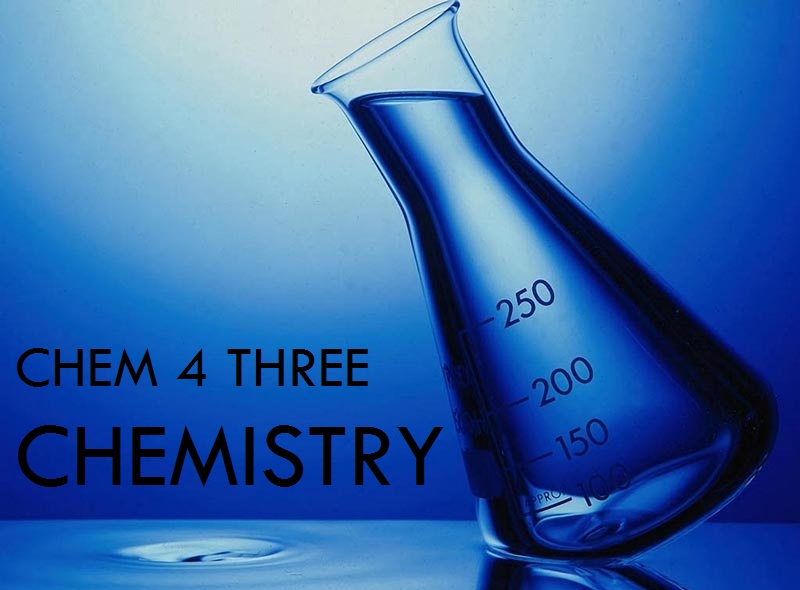ARISTOTLE

- Created the four elements theory
- Lasted about 2000 years
- Believed all matter was formed from 4 basic elements: fire, water, air, earth, which created/connected to make: hot, cold, wet, dry
- It is not a scientific theory because it could not be tested against observation
DEMOCRITUS (400-300 B.C.)
- Said atoms were invisible particles
- First mentioned atoms
- Not a testable theory, only a conceptual model
- No mention of any atomic nucleus or its constituents
- Cannot be used to explain chemical reactions
- Law of conservation of mass
- Law of definited proportions; example: in a molecule of water (H2O), it will always be 11% H and 89% O, no matter how much or how little water there is
PROUST (1799)
- If a compound is broken down into its constituents, the product exists in the same ratio as the compound
- Experimentally proved Lavoisiers' Laws
DALTON (EARLY 1800S)
- Atoms are solid, indestructable spheres (like billiard balls)
- Provides for different elements (those would be different spheres)
- Based on law of conservation of mass
- Having a molecule (atoms combined in simple whole # ratios) explains the law of constant composition
- If the atoms are not destroyed then the mass does not change
J.J. THOMSON (1850S)
- Raisin bun model
- Solid, positive spheres with negative particles embedded in them
- First atomic theory to have positive (protons) and negative (electrons) charges
- Demomstrated the existence of electrons using a Cathode Ray Tube
RUTHERFORD (1905)


- Showed that atoms have a positive, dense center with electrons outside it
- Resulted in planetary model
- Explains why electrons spin around nucleus
Post by Adrienne Ross
to be continued...













No comments:
Post a Comment